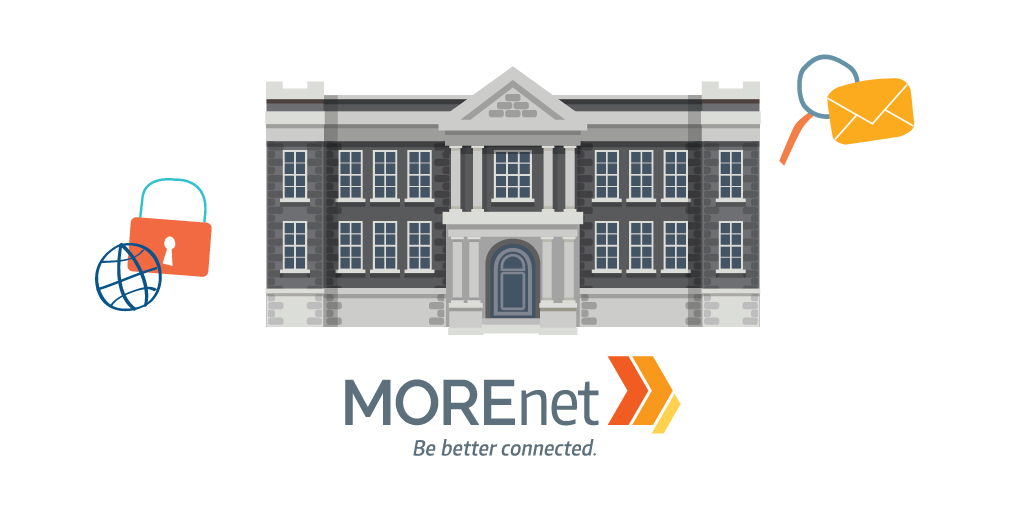
In the contemporary educational landscape, where accessibility and affordability of resources are paramount, Open Educational Resources (OER) have emerged as invaluable tools for educators and learners alike. OER Commons, a prominent online platform dedicated to curating and sharing OER, plays a crucial role in advancing this movement. Let’s explore the key aspects of OER Commons and its contributions to the field of education.
Understanding OER
OER encompass a wide array of teaching, learning, and research materials available in various formats, including digital and print. The defining characteristic of OER lies in their open licensing, which grants users the freedom to access, utilize, adapt, and redistribute these resources without incurring any cost or facing significant restrictions. This openness empowers educators to tailor instructional materials to their students’ specific needs, ensuring their relevance and currency.
It’s important to distinguish between “free” resources and OER. While all OER are freely available in digital form, not all free resources qualify as OER. The crucial distinction lies in the licensing. OER employ open licenses, often Creative Commons licenses, which explicitly permit modification, adaptation, and redistribution. Conversely, free resources may come with restrictions on their use or may not be perpetually free.
OER Commons: A Hub for Open Educational Resources
OER Commons serves as a public digital library hosting an extensive collection of open educational resources, providing a platform for educators worldwide to discover, create, and collaborate on high-quality educational materials. The platform offers:
- A vast library of resources: Users can explore a wide range of materials, including lesson plans, assessments, textbooks, videos, and more.
- Advanced search functionalities: Users can refine their search based on subject, grade level, material type, and even alignment with educational standards like Common Core.
- Open Author tool: This feature enables educators to create and publish their own OER, contributing to the growing repository of open educational content.
- Collaborative workspaces (Groups and Hubs): These spaces facilitate collaboration among educators on specific projects or within organizations, allowing them to curate and share collections tailored to their needs.
- Professional development opportunities: OER Commons provides workshops and training programs to support educators in effectively finding, adapting, and evaluating open educational materials.
Benefits of Using OER Commons
- Cost savings for students and institutions: By utilizing free and openly licensed resources, OER Commons significantly reduces the financial burden associated with traditional textbooks and other educational materials.
- Enhanced access to quality education: OER Commons makes a wealth of high-quality educational resources accessible to educators and learners globally, fostering inclusivity and equitable access to education.
- Flexibility and customization: The open licensing of OER allows educators to adapt and modify materials to suit their unique teaching styles and students’ needs, promoting personalized learning experiences.
- Collaboration and knowledge sharing: The platform’s collaborative features encourage educators to connect, share best practices, and work together to improve educational resources and curricula.
Conclusion
OER Commons has emerged as a transformative force in education, democratizing access to knowledge and empowering educators to create engaging and personalized learning experiences for their students. By embracing OER and platforms like OER Commons, we can pave the way for a more equitable, innovative, and effective educational landscape.
